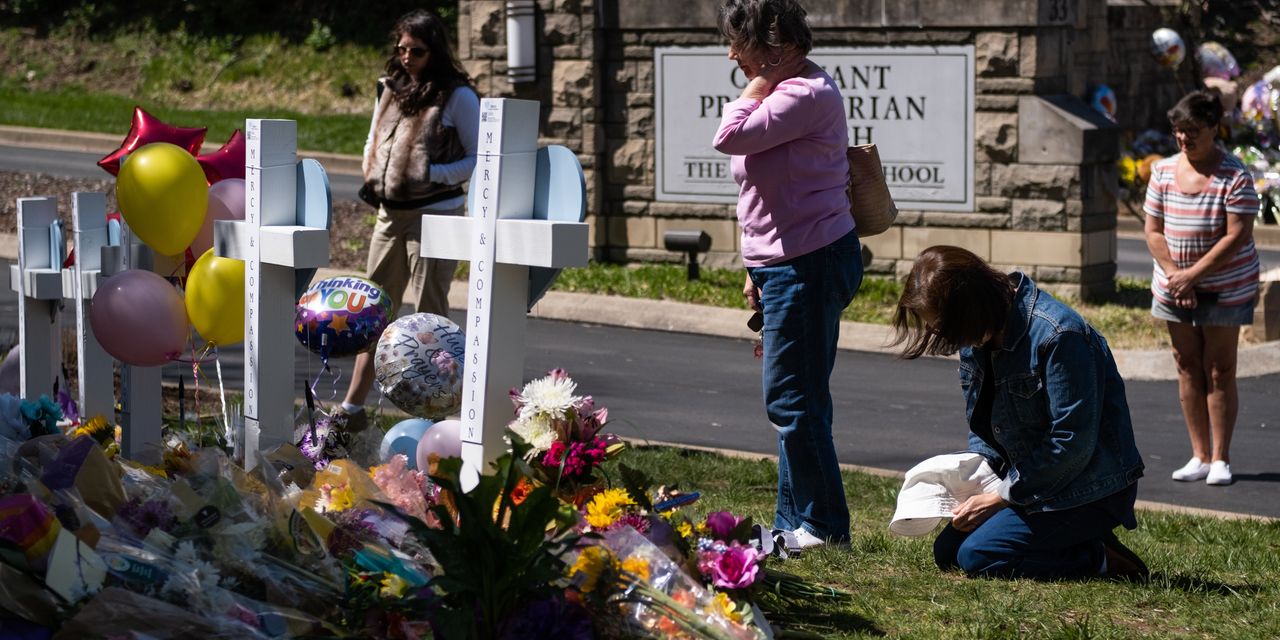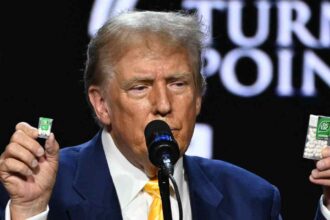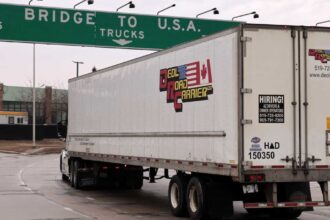Here we go again.
In the wake of the Monday school shooting in Nashville, Tenn., the same old gun-rights debate has come around again, like Groundhog Day or a bad penny.
And with it has come all the usual canards, distortions and lies.
Before I go any further, let me say that I am not antigun, nor do I want guns “banned.” I am opposed to the extremists on both sides of this debate. I’ve taken gun-safety courses, I grew up in a house with guns and I know gun enthusiasts personally — and I agree with them on plenty of points.
But by no means all.
One of the most contentious topics is, naturally enough, the true meaning of the Second Amendment to the U.S. Constitution, which reads, in full: “A well regulated Militia, being necessary to the security of a free State, the right of the people to keep and bear Arms, shall not be infringed.”
As we all know, one of the habits of the most extreme gun promoters is to focus on the final 14 words and leave out the rest. Convenient, that.
In the wake of the Nashville shooting, there’s been a lot of attention paid online to what the first half of the amendment means. On Twitter, Facebook and other social-media platforms, people are once again asking: “What is a militia?” and “What is a well-regulated militia?”
The most extreme gun promoters are fond of quoting George Mason, a Virginia delegate to the Constitutional Convention of 1787, who described a militia as “the whole people, except for few public officials.” Once again, they leave out some of the important bits. This was only Mason’s opinion. He was defining only a “militia,” not a “well-regulated” one. And who was George Mason, anyway?
Actually, he was such a political outlier that he was one of only three delegates who refused to sign the new Constitution. It would be as if, 200 years from now, in an attempt to work out what most people of our era felt or thought, someone quoted, without context, Rand Paul, say, or Alexandria Ocasio-Cortez.
Meanwhile, we don’t have to wonder what the Founding Fathers meant by a “well regulated Militia,” because one of the leading architects of the new republic, Alexander Hamilton, defined it for us in the Federalist Papers, which paved the way for the Constitutional Convention.
Furthermore, his description fits exactly with everything else we know about the Founding Fathers — what they were concerned about, what outcomes they preferred and what they designed the new Constitution to do.
In Federalist No. 29, Hamilton explained at great length precisely what a well-regulated militia was, why the Founding Fathers thought we needed one and why they wanted to protect it from being disarmed by the federal government.
And there’s a very good reason the most extreme gun promoters never, ever direct you to that 1788 essay.
The term well-regulated militia didn’t refer to readers of Soldier of Fortune magazine running around in the woods with AR-15s and war paint on their faces. Hamilton defined it basically as what today we call the National Guard (although that was founded much later).
It should be a properly constituted, ordered and drilled (“well-regulated”) military force, organized state by state, he explained. Each state militia should be a “select corps,” “well-trained” and able to perform all the “operations of an army.” The militia needed “uniformity in … organization and discipline,” he wrote, so that it could operate like a proper army “in camp and field,” and so that it could gain the “essential … degree of proficiency in military functions.” And, although it was organized state by state, it needed to be under the ultimate control of the national government. The “well-regulated militia” was under the command of the president. It was “the military arm” of the government.
The Founding Fathers didn’t want the U.S. government to have an army made up of full-time, professional soldiers. That was precisely what they had just fought a revolutionary war against. King George’s redcoats were professional mercenaries. But the architects of the new republic knew it needed some kind of military force for defense against enemies foreign and domestic.
That’s why they wanted America’s military force to be made up of part-time volunteers drawn from the ranks of regular citizens. Such citizens, they argued, couldn’t be used by a tyrant against the population the way professional mercenaries could.
The creation of this well-regulated militia of part-time volunteers would help safeguard the freedom of the new republic because it would make the creation of a professional, mercenary army unnecessary, Hamilton wrote. “This appears to me the only substitute that can be devised for a standing army, and the best possible security against it,” he explained.
That was the point. And that was why they wanted to make sure it couldn’t be disarmed by the federal government — so that a future tyrant couldn’t disarm the National Guard and then use a mercenary army to impose martial law.
The Founding Fathers didn’t call the republic’s new force an “army” because that term called to mind the British Army, foreign mercenaries, tyrants and kings. So they said “militia” instead. But they meant a real body. Hamilton was scathing about the idea that the militia could simply mean every Bob, Billy and Benjamin with his musket. Such amateurs would stand no chance in modern warfare, he wrote. And requiring every citizen to serve in the military would be ridiculous, he said. It would be “a real grievance to the people, and a serious public inconvenience and loss,” he wrote. Taking people away from their work in order to train them for battle “would form an annual deduction from the productive labor of the country.”
The Second Amendment is an instrument of government. It’s not about hunting or gun collecting or carrying your pistol into the saloon. Sure, those may all be valued by some. But the Founding Fathers left it up to us to pass sensible laws about all these things. The Constitution is about government.
Today we have a professional army. Military matters have become so complex that part-time soldiers could never do the job. You could argue that makes the Second Amendment null and void, like the part in the Constitution about enslaved people being counted as three-fifths of a person in the census.
But even if you still want to defend the Second Amendment, it should apply only to those who meet the criteria laid down by Hamilton: Those who volunteer to join the “select corps” of their National Guard, undergo rigorous training to attain “proficiency in military functions” and perform the “operations of an army,” serve as ordered under the ultimate command of the president and are subject to military discipline.
The good news: The National Guard is accepting applicants right now, and you can apply here.
I have never understood why some enterprising politician doesn’t call the extremists’ bluff and say: Sure, you can own military equipment like assault rifles. But you have to enlist. Age 18 or 80, we don’t care. We’ll change the law if need be. You want to be true to the Second Amendment, right?
Read the full article here










